Get More Done.
Workplace Productivity, Explained.
Teams go to work to get things done… but simply being at work isn’t enough on its own. The difference between sitting at a desk – occupied by busywork or staring at a blank screen – and completing the important tasks that grow revenue and accelerate growth? That’s workplace productivity. Read on to explore:

What Is Workplace Productivity?
Productivity is a simple formula: output (what your team achieved) divided by input (how much time you needed for it). That said, once you’ve calculated your workplace productivity, you’re left with a result that can be difficult to understand. Does it mean that your team is productive? Or does workplace productivity need to improve?
That’s why it’s important to understand what workplace productivity looks like in practice – it’s about the “how” as much as the “what”. By recognizing the signs that your team is (or isn’t) being productive, you can make the changes needed to improve.
Questions About Workplace Productivity?
MeisterTask Has the Answers.
Workplace Productivity… Blocked.
What Stops Teams Working Productively?
There are two main reasons why workplace productivity drops off. First is to do with the individual habits of a team: the way each person approaches the tasks they need to complete. Second is the team’s workplace productivity culture: the processes that define how a team works. Do any of these common problems sound familiar?
 Too Many Distractions.
Too Many Distractions.
If there’s a lot going on in your team, it’ll usually trickle down into your inbox or notifications. Each time you check your messages costs you time. Turning down the noise at work is essential to workplace productivity.
 Context Switching.
Context Switching.
It’s hard to work productively when you’re trying to focus on multiple tasks at once. Jumping from project to project – or context switching – is a recognized productivity killer that could eat up to 80% of your time every day.
 Poor Information Flows.
Poor Information Flows.
Looking for information costs time. Duplicate or unnecessary work – caused by inaccurate information – costs even more time. When the context you need for effective work is easy to find, workplace productivity goes up.
 Busy Being Busy.
Busy Being Busy.
No one wants to look like they’re idle – it’s why teams waste time on busywork. If your culture values productive work over the time spent to achieve it, your team can focus less on looking busy – and more on what they can achieve.
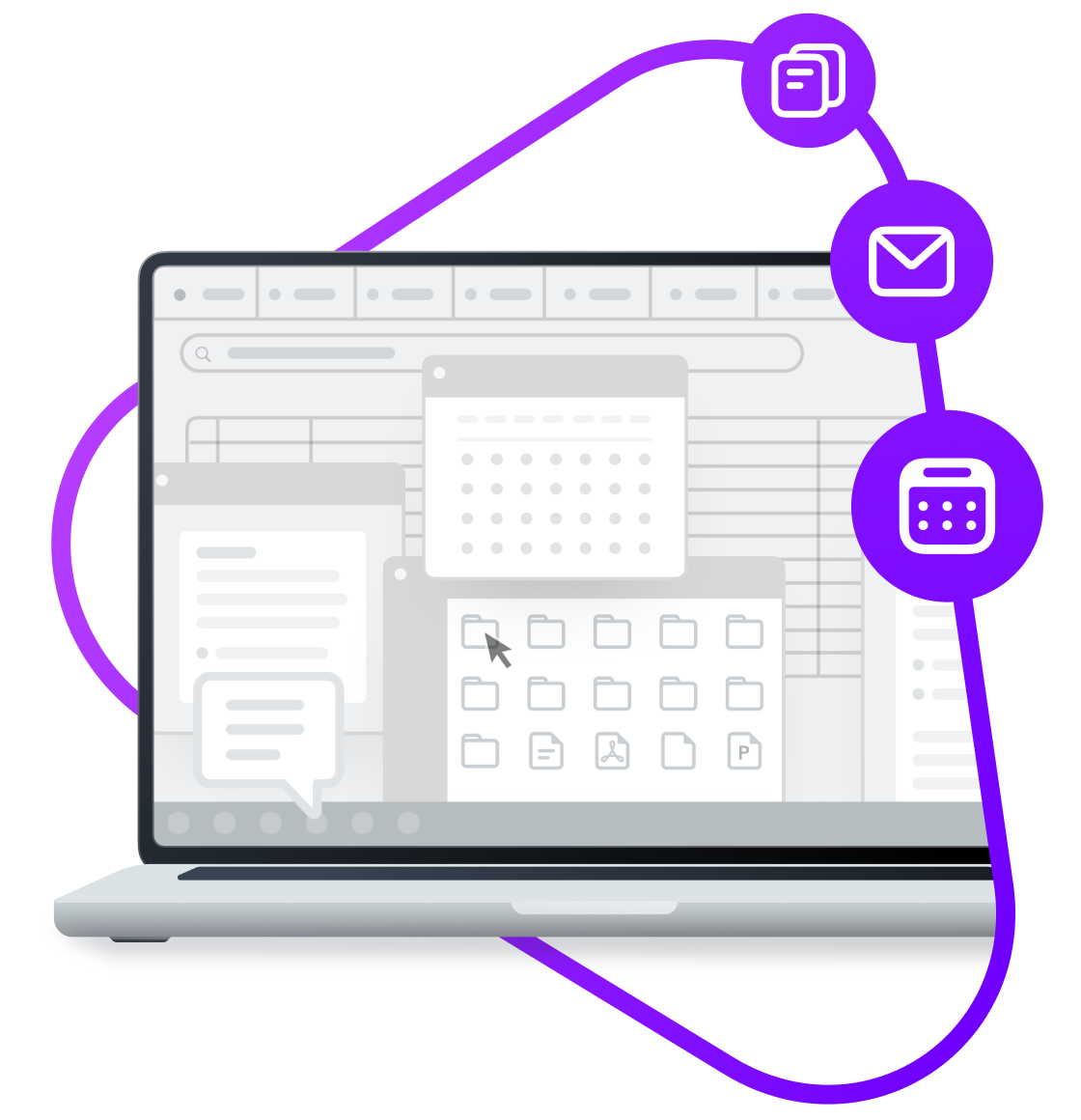
Workplace Productivity is Important. But Why?
Your team’s time is a resource – perhaps your most important one. Improving workplace productivity means getting the most out of your team’s time and effort: ensuring they direct their talents to where they have the most effect. That way, you can ensure that the resources invested in your team lead to better results for your business.
Why It Matters.
Workplace Productivity: Steps to Success.
The benefits of workplace productivity – and a team that works productively together – are easy to visualize. When you take positive action to improve your productivity, they’re also simple to achieve. Ready to get your team focused on their tasks and working without distractions?

Identify the Issue.
Your team might be missing deadlines, creating bottlenecks, or simply wasting time arguing with each other. Talk to them about their experiences to get to the root of the issue. What is slowing them down?
Try Something New.
Take some time to research different workplace productivity methods – we’ve listed some below. You may also want to try some different tools for productivity, such as task management software.
Keep on Optimizing.
Listen to your team’s feedback and examine the effects of your methods. Workplace productivity is a process: you’ll need to keep working to remove productivity killers and maintain your team’s focus.
Enjoy the Effects.
Celebrate your improvements. When team members work productively, they contribute to your success. Successful teams are happy teams: workplace productivity is the start of a virtuous cycle of morale.
Work Productively, Together.
MeisterTask: The Workplace Productivity Tool Your Team Needs.
Techniques for Workplace Productivity.
How to Improve Productivity.
There are plenty of workplace productivity techniques that your team can use to get more from their time at work. Read on to discover the Pomodoro Technique, Getting Things Done (GTD), the Eat the Frog principle and Time Blocking.
You Say Tomato, and I Say…
Pomodoro Technique.
The Pomodoro Technique is a time management method that involves breaking work into intervals: 25 minutes of productive work, then a short break. After a set of intervals, you get a longer break. The main idea is to boost workplace productivity by working on a task with no distractions – reducing the overwhelming effect of starting a huge task. You can:
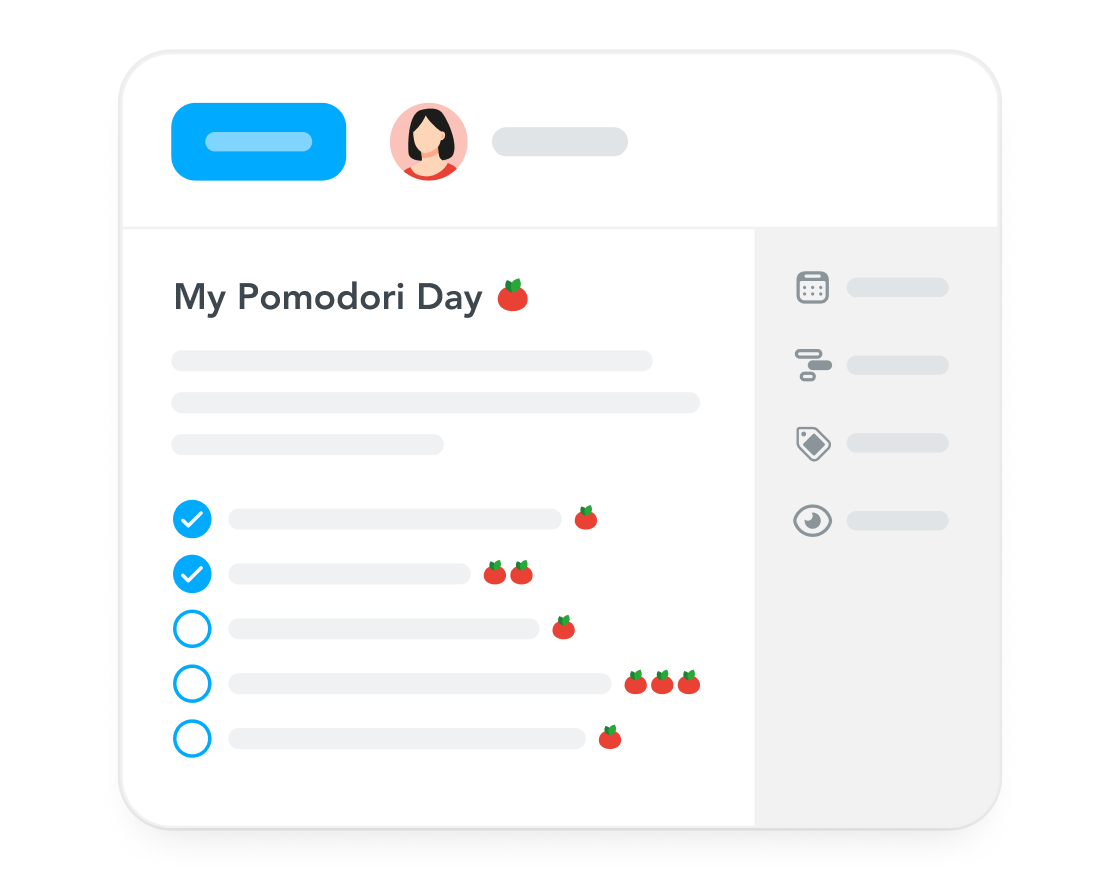
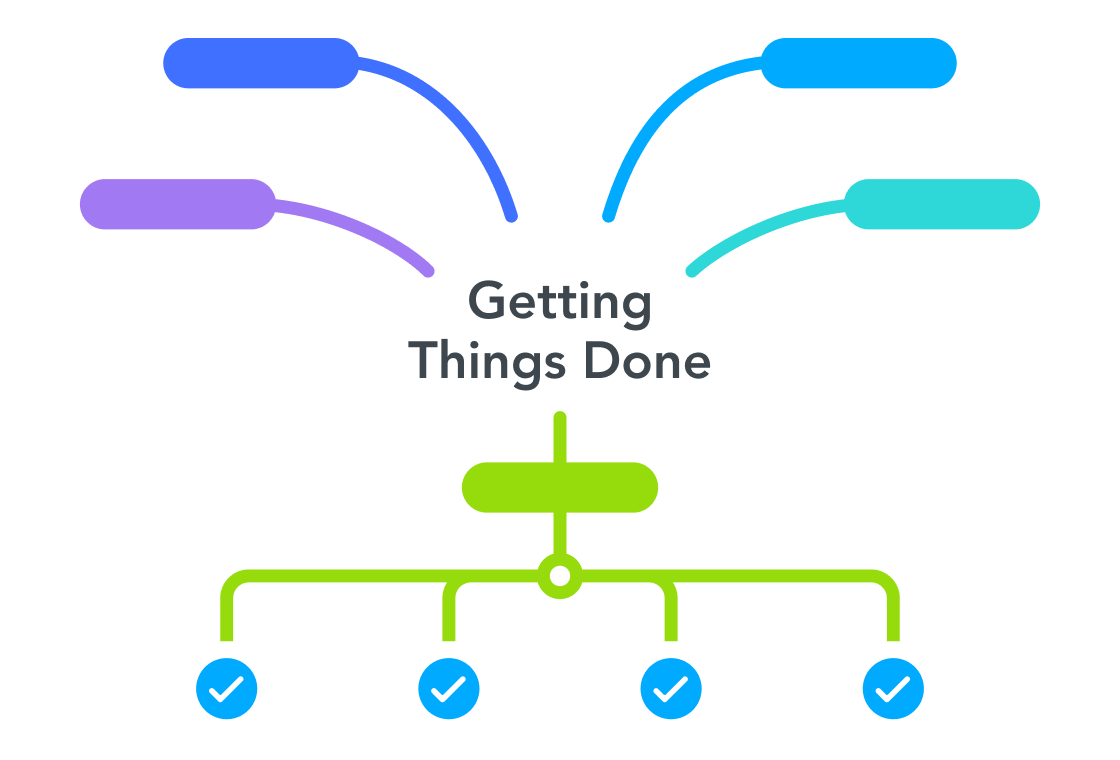
Free Your Mind
Getting Things Done (GTD).
Getting Things Done (GTD) is a workplace productivity technique that enables you to free your mind from the external pressure of tasks – improving your creativity in the process. The method involves a five-step approach: Capture, Clarify, Organize, Reflect, and Engage. Although this feels complicated at first, the long-term benefits of the approach can be significant:
Productivity Makes You Hoppier
Eat the Frog.
Some tasks are more important than others – the Eat the Frog method helps you prioritize what matters. By tackling the most vital task first thing in the morning, “eating the frog” reduces time wasted on procrastination. It’s also a question of outlook: getting the toughest challenge out of the way drives momentum for the rest of the day’s tasks. The benefits include:
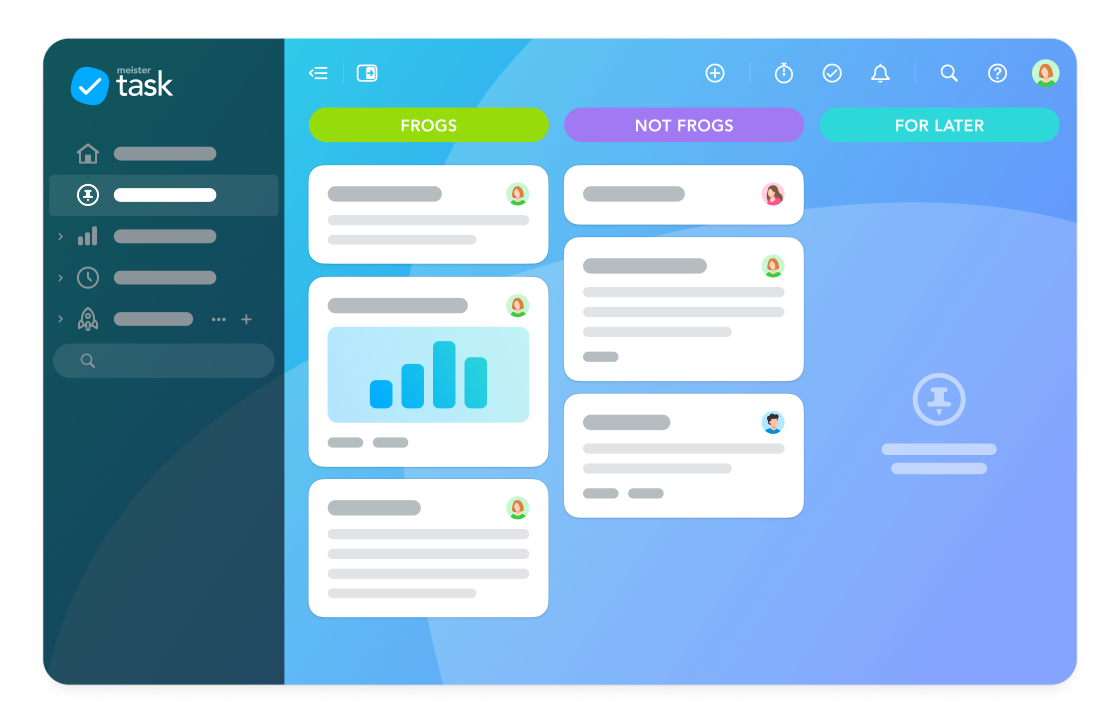
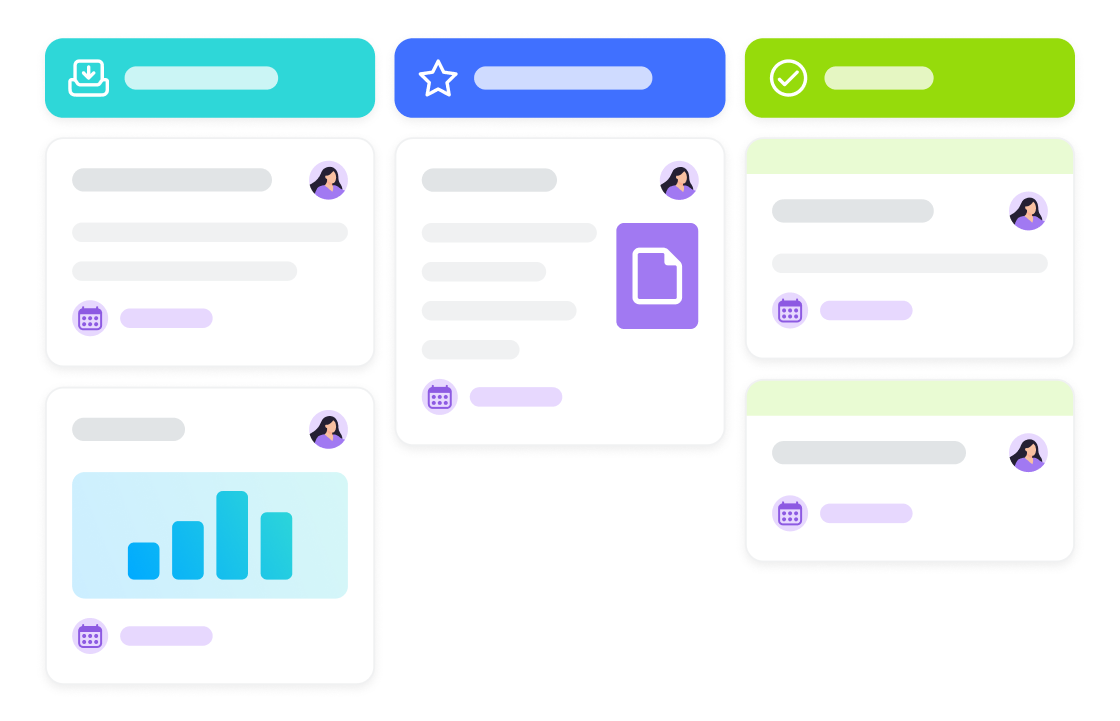
Everything on Schedule.
Time Blocking.
The best route to workplace productivity is one step at a time. Using the time blocking method, you’ll schedule specific time blocks for different tasks throughout the day: each block being one task. By reducing multitasking and boosting your focus, you’ll notice better time management, improved productivity, and a clearer route to your goals. You might also see:
Start Being Productive Today.
Workplace Productivity with MeisterTask.
Can You Make It Work?
Workplace Productivity in Practice.
Once you’ve learned the techniques, you need a tool to make workplace productivity work for you. Why not learn from these MeisterTask customers? Each uses our software at various points in their workflows to help them work productively on what matters.
atempo: Productivity Up by 100%.
Austrian NGO atempo regularly organizes complex, EU-wide projects involving stakeholders with different ideas and needs. The key to maintaining workplace productivity with so many moving parts? Simple, effective task management with MeisterTask.
Sparkasse Mainfranken: Organized = Productive.
As one of Germany’s most successful regional banks, efficiency is key for the Sparkasse Mainfranken. MeisterTask helps keep the team working productively: both in the office and remotely – especially in the Sales Controlling Department.
Felix Schoeller: Swapping Meetings for Productivity.
With 545,000 tonnes of paper products churned out each year, Felix Schoeller always has an eye on workplace productivity. By implementing MindMeister and MeisterTask to streamline their meeting process, they’ve reduced repetitive tasks and duplicate work.
MeisterTask and MeisterNote.
The First Step to Workplace Productivity.
Manage Workload
Delegate and Communicate
Automate Repetitive Tasks
The tools you use to manage your team’s work should contribute to your workplace productivity. That’s where MeisterTask comes in: the simplest way to visualize what your team wants to achieve and focus your efforts on work that makes a difference.
MeisterTask includes documentation with MeisterNote. By optimizing knowledge management and communication – alongside the perfect platform for executing your tasks – there’s no limit to how productive you can become.
Organization Through Context.
Use MeisterTask with MeisterNote.
Your Questions, Answered.
Workplace Productivity: FAQs.
Why is workplace productivity important?
Workplace productivity influences the success of your business. When employees are productive, tasks are completed, deadlines are met and goals are achieved. Likewise, a productive workplace leads to happier employees who are more likely to be motivated in their work: improving retention and reducing turnover in your team.
What will happen if I don’t do anything about workplace productivity?
Without a clear focus on productivity, teams often experience decreased revenue and slower growth. The longer you ignore the effects of workplace productivity, the harder it becomes to make changes – especially if your slow progress influences team members’ work-life balance. With tasks piling up, employees may find it difficult to leave work and enjoy personal time.
How do I know if my team is productive?
First, see how your team and projects perform. Are deadlines met? Are goals achieved? Is the quality as expected? If you’re not on-time or in-budget, low workplace productivity may be the issue. However, the most straightforward way to assess your team’s productivity is to ask them: surveys and check-ins can help you understand your current productivity level.
What signs are there that workplace productivity isn’t working?
Teams with low workplace productivity have some common traits. Beyond missed deadlines and low-quality output, there are intangible indicators that workplace productivity isn’t working. Your employees could appear disengaged or unmotivated, or there may be other friction areas at work. If you do notice this, take steps to identify the issue before it gets out of hand.
Which workplace productivity method is best?
It all depends on you – the best method for increasing your workplace productivity will differ depending on the work you do and your personal working style. If you’re unsure, it’s easy to try out methods like the Pomodoro Technique, Time Blocking or Eat the Frog. This will help you get an overview of each technique and decide which you want to use long-term.
Do I need to invest in software for workplace productivity?
The tools your team needs for workplace productivity should be part of your tech stack. Most techniques can be applied using your existing task management tool. MeisterTask is one tool that can help your team visualize and organize tasks, automate actions, and improve communication between team members – enabling you to focus on the work that matters.
